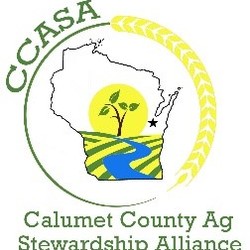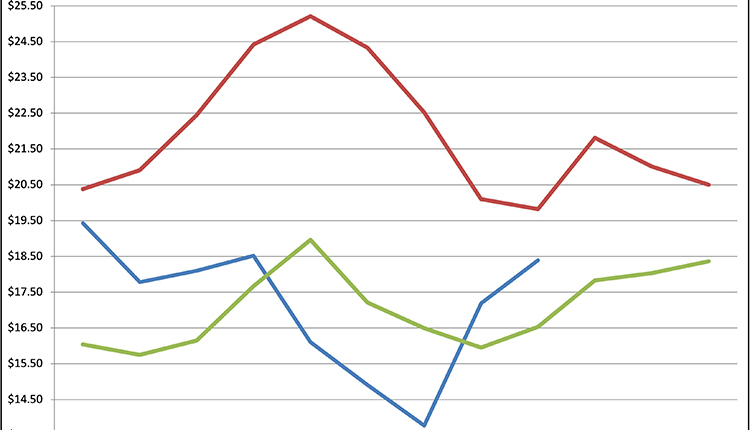The information below has been supplied by dairy marketers and other industry organizations. It has not been edited, verified or endorsed by Hoard’s Dairyman.

There must be something interesting going on when 50 people are walking around a farm field. That was the case, on Aug. 26 in the Town of Chilton, 5 miles east of Lake Winnebago.
Farmers and non-farmers alike attended the Calumet County Ag Stewardship Alliance’s (CCASA) first field day to see different methods of applying manure into and on the soil to give crops the most benefit from the organic nutrients. Participants had the opportunity to examine an oat field and take a hands-on approach with farming professionals, who were available to show and explain manure’s benefits.
John VandenBoom, a CCASA board member and one of the organizers of the field day, was satisfied with the turnout and the opportunity to demonstrate the different practices farmers are using to protect water quality and at the same time improve crop production. His farmer-led watershed conservation group is in the early stages in its mission of expanding the use of sustainable farming practices.
“It was good to show how we are working towards less disturbance in the soil,” VandenBoom, who works at Holsum Dairies in Hilbert, said. “We want to get the manure into and on the ground while keeping the soil structure healthy. When we apply the manure in a narrow band, we can see the manure helps an oat crop maintain and improve its health. We also saw the nutrients being used by the oats and other areas of the field where the oats didn’t receive the nutrients the way we wanted them to during our different application techniques, they weren’t as healthy.”
Six soil pits were dug in the 54-acre field to demonstrate how the manure soaked into the soil, and a station located on the far end of the oat field to show manure application after the cover crop was planted. Custom applicators and agronomists showed and discussed the injection, infiltration and surface application techniques.
“When we have farmers getting together to discuss and show a topic, we always get great questions being asked,” VandenBoom said. “Everyone has different opinions, so it turns into more of a conversation which I really like. The more conversation we have, the more we all understand what each other is doing and what works best.”
On-site were tractors that had a Pottinger disc, manure bar with a Dietrich injection bar and a manure bar with a soil star unit. A manure dribble bar setup was also discussed. The Pottinger disc has been the industry standard, as it works the soil and incorporates the manure at the same time. While it works well, the entire soil profile is worked, and loose soil is left on top.
Of the many reasons for the field day, one was to discuss the effects of the Dietrich injection bar and soil star unit because it requires less tillage, which means leaving more soil structure for a crop, and is becoming more widely used.
“Today we showed different applications of applying manure and its effect on groundwater as well as surface water,” said Andy Kiefer, an agronomist and conservation planner for the Outagamie County Land Conservation Department. “We hoped by having farmers at the field day to see different practices firsthand, it would help them make decisions for their farm and farm’s future when handling and applying manure in an environmentally friendly, efficient and practical way.”
A growing number of farmer-led watershed conservation groups in Wisconsin are working with their counties and other experts to identify innovative practices that protect the environment.
“I was glad to see we had members from local land and water organizations, county executives and agronomists attend,” VandenBoom said. “It’s nice to have individuals without a farming background learn and see what farmers are trying to do to be better.”



